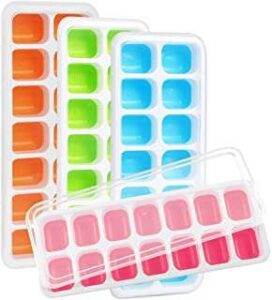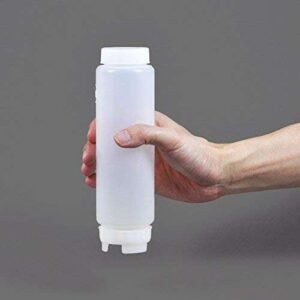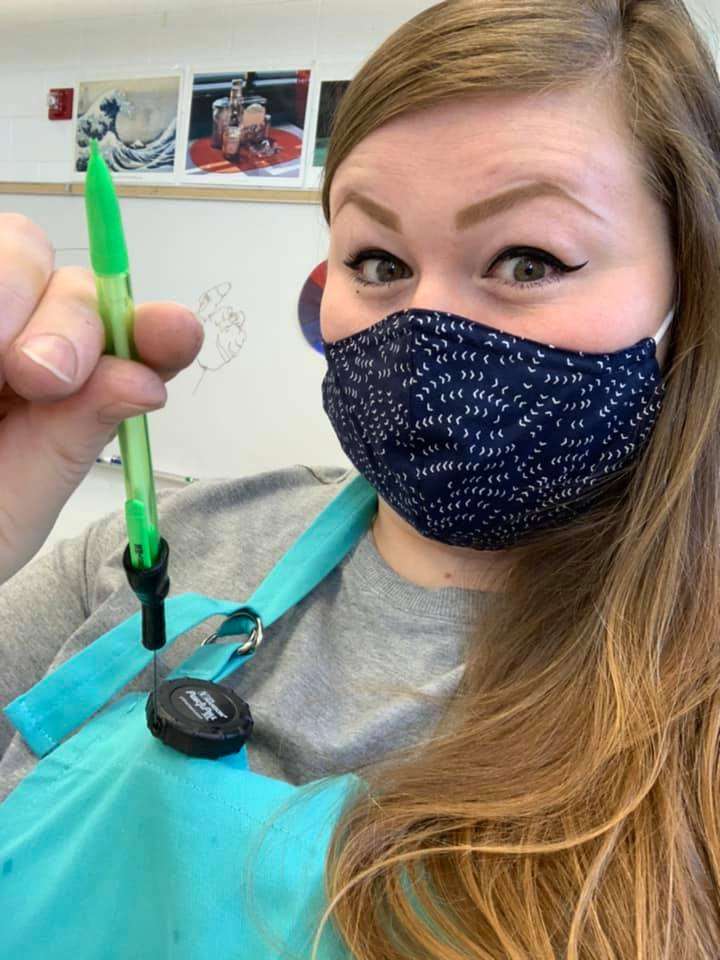When I was a new teacher I enrolled in a master’s program shortly after I began teaching. Towards the end, I had to pick out a topic for a thesis. The topics were things I perceived as esoteric. Here I was during the day struggling with teaching a nonexistent curriculum with nonexistent supplies. I was struggling with how to come up with a way of organizing student work and portfolios. I am nothing if practical. I can appreciate an intellectual discourse on art education any day, but in years 1-5 of teaching these esoteric topics weren’t where my head was at. I was all about survival.
So, let us dive into a question of immense practical concern, how do we get paint into the hands of students without incredible waste of paint? Or time. With minimal mess. I mean, for gosh sake, some of us only have 40 minutes to teach children whose executive function skills are pretty challenged. Have you not watched a diminutive student struggle to pour paint from a gallon size jug? Nothing, Nothing, and then way too much? All the while a line forms behind them? Been there. Let’s not reinvent the wheel here.
Here are tired and true educators’ solutions to this problem.
- Silicone Ice Cube Trays. Idea thanks to Kayla Koslow. While these are sold as ice cube trays and art teachers will look at them and see paint palette and paint storage. The paint stays wet for a long time in these. And when you decide you are done with the paint instead of washing it out, leave the lid off and let it dry and the paint literally POPs right out. So satisfying. You can buy these here.

- Condiment squeeze bottles seem to be a popular choice, like these bottom dispensing condiment squeeze bottles at Amazon are particularly liked by art teachers. Dollar stores tend to carry the top dispensing ones. them as well, Easy to grab with one hand. Large spouts that are easy to unclog. Easy to squeeze even for a tiny middle schooler. Inexpensive. Similar in nature are these bottles. One teacher lavished praise on them saying, “I haven’t had any issue with paint spilling or making a mess or having to pack it up at the end of the day. They don’t clog or dry up and students just squeeze whatever they need onto their pallets. I love them! I just wanted to share for anyone looking for a good way to distribute the paint.”

- Paint palettes with covers are another possible solution. Don’t do what I did and order just the covers and find they didn’t fit the paint palettes I already had! On this plastic palette, the plastic isn’t the most durable though.

- Laminated pieces of cardstock. Art teacher Brooke Richards shared her system. “I laminate a piece of card stock with directions. If you need to you could add quarter-sized circles on it to indicate how much they could get. This is only my second set in about 2 years. No mess no waste. I have a class set.” And check out our hack in this blog post for here for paper towels because you know how that goes!
We’ve made a downloadable resource for you, right here.

- Training, it’s a teachable skill! Demo how much paint is needed to cover part of a painting. Explain that a dime size of paint can cover several inches of a surface.
- Disposable condiment containers with lids. Hint: Blick sells them but as your cafeteria director if she can order them for you. I like this when I am doing certain projects, like this black and white project with no paint mixing.
- Let’s talk about paint pumps. Love’m or hate them. You see them in a catalog and immediately you want them. Hold that click to purchase a moment to come to your senses. All paint clogs. Imagine, my friend, an impatient teenage (is there any other type?). Pump. Pump. Slams down the pump really hard and… paint squirts all over the expensive shirt or shoes as the clog is forcefully ejected. Right there, I’m out. But for those hardier than I, there are some workarounds. Some clever teachers insert an unwound paper clip that keeps the channel clear. Another uses a pipe cleaner. And yet another, poster putty.
- Let’s talk paint palettes. Magazines are a go-to staple for some teachers as disposable pallets. Use it to place and mix paint and when you’re done, rip it off to reveal a new page. Butcher paper can also be a cost-effective disposable palette as well.
- Another storage possibility is plastic egg cartons.

- And yet another option is condiment cups with lids.





